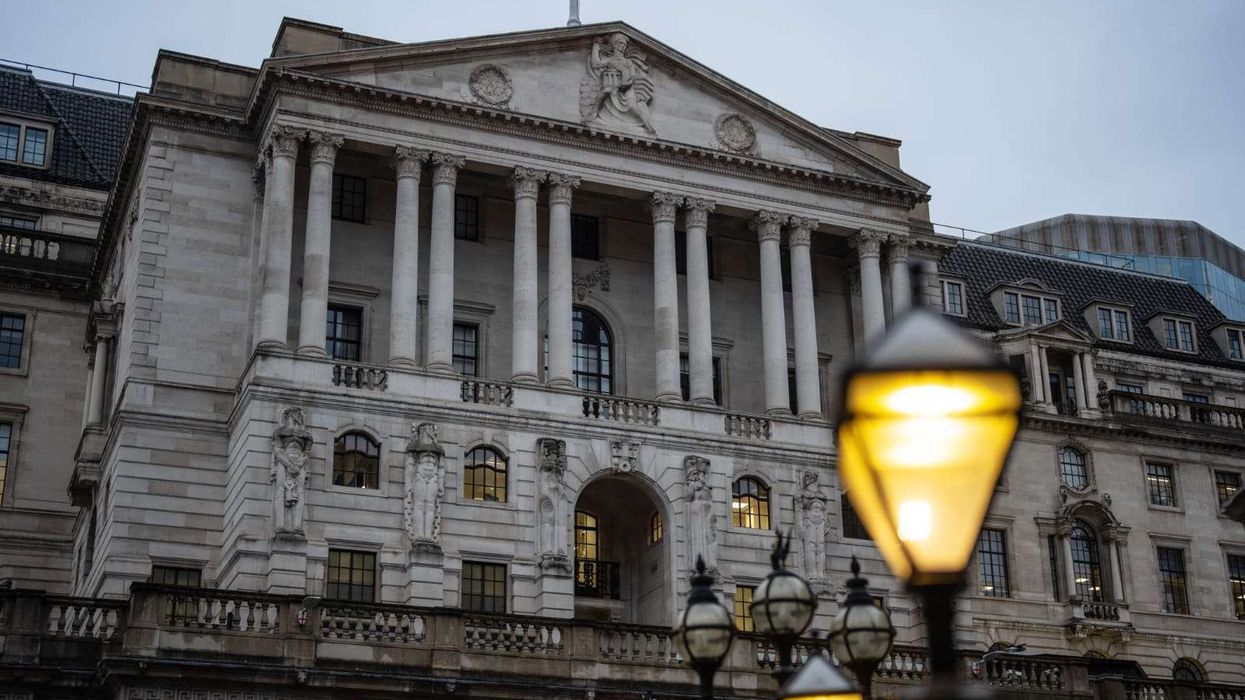Days after global credit rating agency, Moody's ugrade came in India's favour, Standard & Poor's on Friday kept its outlook on India stable and appreciated the Narendra Modi government's fiscal consolidation drive.
However, the Indian government which was expecting an upgrade is expectedly crestfallen. The rating action was quickly termed by the government as "unfair".
S&P retained its BBB- rating for India while taking a favourable view on economic reforms introduced by the Prime Minister Narendra Modi.
It said its stable outlook for India reflects its sound external account position. It also suggests that India's GDP growth will remain strong over next 2-3 years.
Despite two quarters of weaker-than-expected growth, India's economy is forecast to grow robustly in 2018-2020 and foreign exchange reserves will continue to rise, the global rating agency said in a note.
"Nevertheless, sizable fiscal deficits, a high net general government debt burden, and low per capita income detract from the sovereign's credit profile," it added.
Economic Affairs Secretary Subhash Chandra Garg said S&P choose to pay cautious and hoped that the reforms will reflect in a ratings upgrade next year.
"We are not disappointed but our expectation would be that S&P also takes into account what the government has done," he said adding S&P has said everything that Moody's also stated in its rating upgrade.
S&P has reaffirmed India story, he said. He went on to add that the government will stick to the fiscal consolidation path.
Railways and Coal Minister Piyush Goyal said S&P has been historically more conservative and follows Moody's.
S&P last changed India's rating in January 2007, to BBB-, which is the lowest investment grade rating for bonds. The outlook assigned then was 'stable'.
However, in 2009, it changed the outlook to 'negative' but changed it to 'stable' again in the following year. In 2012, S&P again lowered the outlook to 'negative', which it raised to 'stable' soon after the Modi government assumed office in 2014. But the BBB rating remain unchanged.
However, the latest move by Moody's surprised many as India no longer holds the status of world's fastest-growing major economy but the Narendra Modi-led government has every reason to cheer the developments as it comes as a boost to the steps Centre has taken to the front of economic and institutional reforms.












